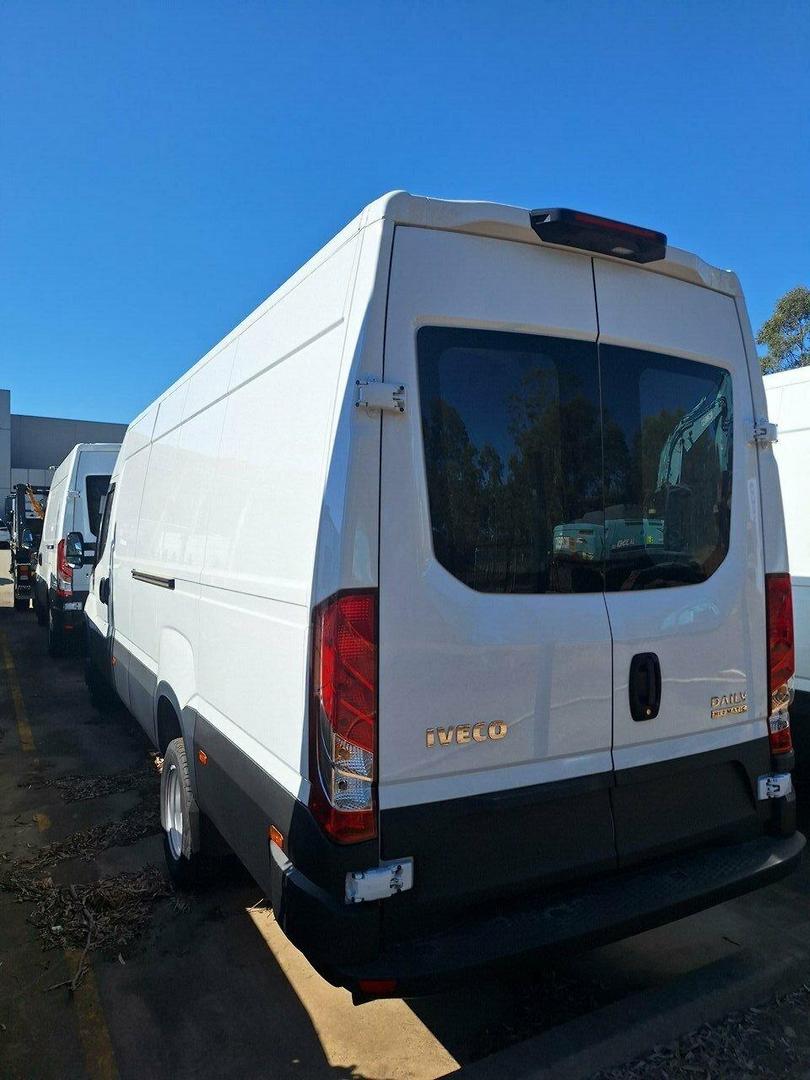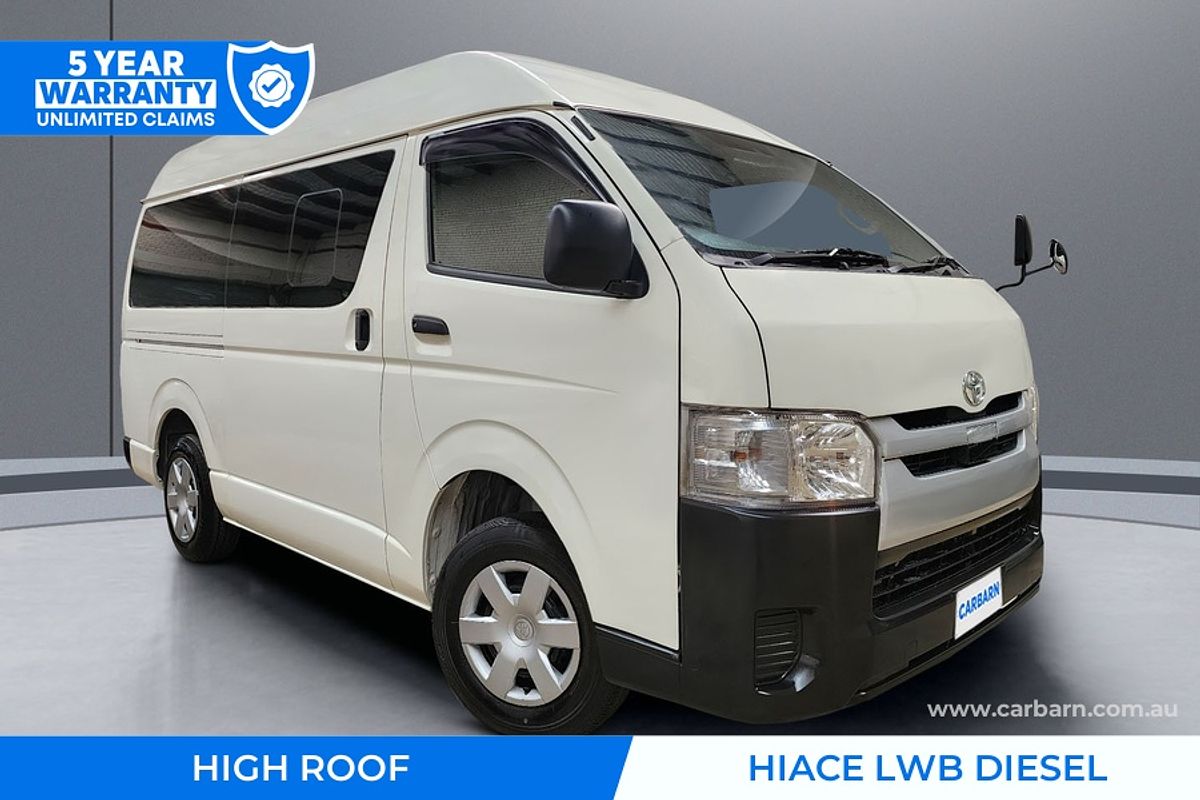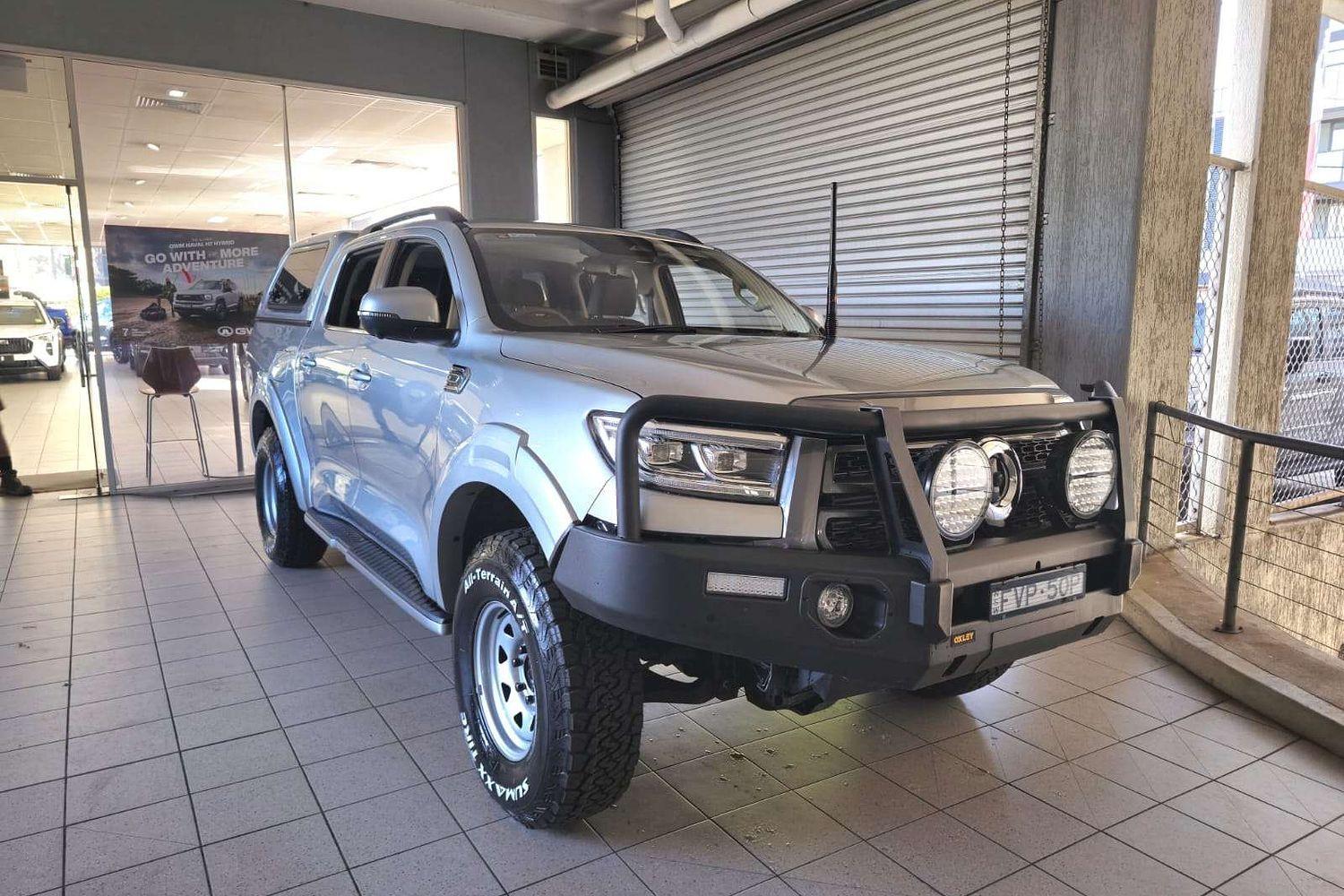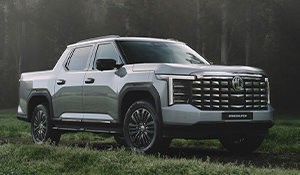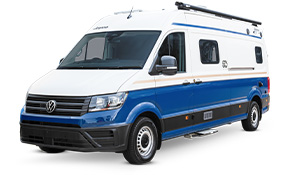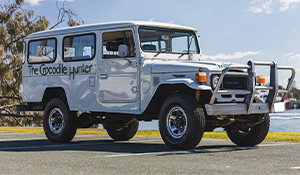Gear You Need: High Country
Words Dean Mellor

With its stunning natural beauty, an abundance of wildlife, crystal-clear creeks and rivers, a rich history, generous camping areas and, of course, some seriously challenging tracks, it’s little wonder the High Country is one of Australia’s most popular destinations for four-wheel drivers.
There’s a huge variety of conditions you can expect to encounter when touring through the High Country, but one thing’s for certain: sooner or later you’ll encounter some seriously steep country, so you’ll need a capable four-wheel drive with decent low-range gearing to tackle some huge climbs and gnarly descents.
As well as the terrain, the tracks themselves can vary wildly, from well-maintained formed roads that will see you happily poking along at 60km/h in high range to technically difficult dirt tracks with deep washouts and slippery mud.

Suspension
As well as low-range reduction, your vehicle will need to have adequate ground clearance and good underbody protection in order to successfully tackle rough, eroded sections of track and to climb over large drainage mounds.
If your vehicle is lacking in ground clearance, a well-sorted aftermarket suspension system can provide up to 50mm of ride-height increase over standard, and slightly larger diameter tyres can legally provide an additional 25mm.
Armed with a combined 75mm ride-height increase, you should have few difficulties on most High Country tracks, but good under-vehicle protection is still advisable. The standard plastic splash guards or mild-steel sump guards on many 4x4s will offer minimal protection if your vehicle scrapes its belly along a high crown in the middle of a track, or if it comes crashing down on a rock, but there are plenty of aftermarket under-vehicle protection systems to suit most popular 4x4s.

Protection
You want as much protection as possible under vital mechanical components, so look for a set-up that provides coverage for the underside of the radiator, the engine sump, the transmission and the transfer case. Other items that often need additional protection include the fuel tank and diff housings.
The best way to protect the body of your vehicle when tackling gnarly tracks is to equip it with a quality bull bar, side rails, side steps and a steel rear bar. A well-designed bull bar will not only offer protection for the front of the vehicle but also offer improved approach angles. Quality steel side steps will protect the sills of your vehicle in rocky sections and when climbing over erosion mounds. And an aftermarket rear-step bar will protect the rear-end of your vehicle when exiting gullies and dropping of rock shelves.

Tyres
Your tyres will have to handle a huge range of terrain types when driving through the High Country, including gravel roads, rocky climbs and descents, long muddy sections and rover stones. The standard Passenger (P) car tyres fitted to many modern 4x4s simply won’t survive, so you’ll need to equip your rig with a decent set of Light Truck (LT) tyres, which have a tougher carcass and more layers across the tread face and in the sidewalls.
Whether you opt for tyres with a road-oriented tread pattern, an all-terrain tread pattern or heavily blocked mud-terrain tyres will depend on how much off-road driving you do. While mud-terrain tyres will perform the best in very slippery conditions, where their open tread blocks can gain purchase and quickly clear away mud, never underestimate the capability of less-aggressive tread patterns when tyre air pressure is dropped to an appropriate level.

Water Crossings
With several rivers and creeks running through the High Country, chances are your route will see you encounter several water crossings. The best way to prevent water from entering your engine and causing expensive damage when fording rivers and creeks is to fit a good quality snorkel. When choosing a snorkel, always opt for a renowned brand (such as Safari, Airtec, Airflow or Ironman), because the cheapies will likely let water in, as well as fade and crack under the harsh Aussie sun.
A water-crossing bra is handy piece of kit that will help keep water out of your vehicle’s engine bay. While a plastic tarp will do the job, a dedicated water crossing bra (such as those manufactured by MSA 4x4 and ARB) will fit more securely to your vehicle and even incorporate a pocket for a recovery strap.
Extensions for your vehicle’s diff breathers leading up into the engine bay, as well as extensions for the gearbox and transfer case breathers, will help to keep water out of these important mechanical components.


Recovery equipment
As well as a full vehicle recovery kit, including shovel, snatch straps, shackles, winch, winch extension strap, snatch blocks, tree trunk protector, gloves and more, there are a few extra items you’ll need when tackling High Country tracks, including a drag chain and a chainsaw.
High Country tracks can be regularly blocked by fallen trees leaving no way around, so you’ll need the tools and the knowhow to clear the track yourself. Make sure your chainsaw is in good condition and you know how to safely operate it. If you not sure, attend a chainsaw operation and maintenance course. Once the fallen tree has been cut, you can use the drag chain to move it off the track with your vehicle.


Lights
With a high chance of rapidly changing weather, varying track conditions and many other potential challenges, you can often find yourself driving in the High Country at night, and the standard headlights on your vehicle will simply not provide adequate illumination.
A set of driving lights that provide a good spread of light rather than a long throw of light will be best suited to the High Country’s tight and twisty tracks. With driving lights, either opt for a couple of spread beams or a spot/spread combination. Likewise, many modern LED light bars will offer a spot-spread combination. If your vehicle is already equipped with two spot-beam driving lights, another option is to add a light bar to look after illumination to the sides of the vehicle.
<Subhead> Communications & Navigation
While you’ll occasionally get some mobile phone reception on some of the higher peaks in the High Country, most of the time your smartphone will only be good for taking photos.
Make sure your vehicle is equipped with a good quality UHF radio for vehicle-to-vehicle comms, and also carry a handheld UHF so your navigator can talk you around the inevitable tricky section of track.
If you want reliable communications with the outside world, you need a satphone or satellite communicator, or an HF radio.
The easiest way to find your way around the High Country is by using a GPS device such as a Hema Navigator, but any electronic navigation system should always be backed up with maps. A combination of one large map (or atlas) covering the High Country and a few topographic maps of the specific areas in which you’re travelling is the best combination.


Be Prepared
As mentioned, the weather can change rapidly up in the High Country, resulting in your stay becoming longer than anticipated. Even if you’ve only set out for a day drive, it’s wise to pack plenty of warm clothing, rain coats, some sleeping gear (sleeping bags, pillows and tent) and enough supplies for a few days (food/water/fuel).
Also make sure you have an up-to-date and fully stocked first aid kit, a fire extinguisher and/or fire blanket, a tyre repair kit and an air compressor, a few spare parts (air filter, oil filter, fuel filter, fan belts etc.), some spare oil and coolant, and a basic toolkit. And if travelling in or either side of winter, it’s also a good idea to throw in a set of show chains.





